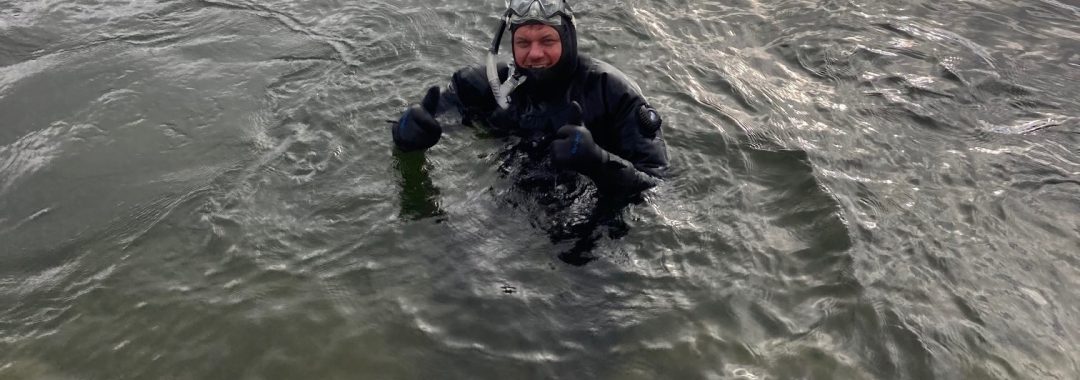Abstract:
This study was conducted to meet regulatory requirements under the Fisheries Act in Canada, specifically for a hydroelectric facility on the Yellowknife River in the Northwest Territories. The research focused on annual snorkel surveys of adfluvial fish and their spawning habitat below the facility. Initial observations of egg mortality, potentially due to overcrowding, prompted the investigation of natural and enhanced habitat for spawning Lake trout (Salvelinus namaycush), lake whitefish (Coregonus clupeaformis) and cisco (Coregonus artedi) from 2016 to 2019. The design and composition of the installed habitat were based on fish utilization of the natural channel below the hydro facility and design principles from previous habitat rehabilitation projects for anadromous fishes. Pre- and post-enhancement data on egg density and survival were collected using 1 m2 plots on both natural and artificially enhanced substrates. Three years of post-enhancement monitoring indicated higher egg densities and a greater proportion of live eggs in the artificially enhanced habitat compared to the natural habitat, with more pronounced trends observed for coregonids (lake whitefish and cisco) compared to lake trout. These findings suggest that habitat enhancement has the potential to enhance juvenile recruitment for adfluvial fish. A critical factor in the design was the substrate composition, providing adequate interstitial spaces for egg development and protection. This study represents the first documented attempt at habitat improvement in a regulated sub-Arctic river in Canada. The findings offer valuable guidance for stakeholders involved in new or existing development projects that require conservation actions to maintain fisheries productivity.
Citation: Miller, M., Stevens, C. and M. S. Poesch. (2025). Effectiveness of spawning substrate enhancement for adfluvial fish in a regulated sub-Arctic river. River Research and Applications 41(2): 412-425.
Also Read:
*Lab members: Mark Poesch. Check out opportunities in the lab!

